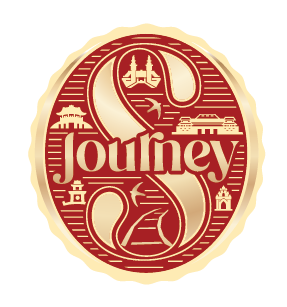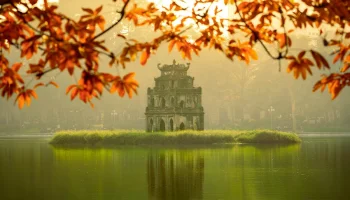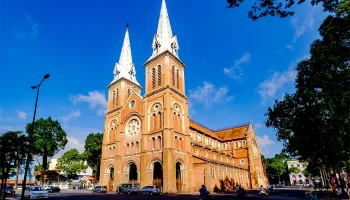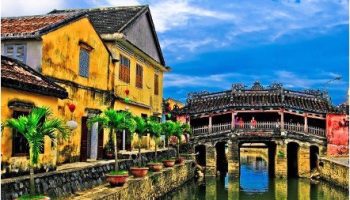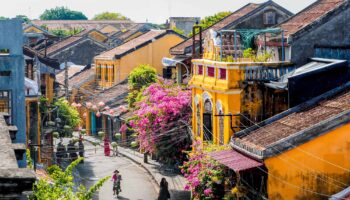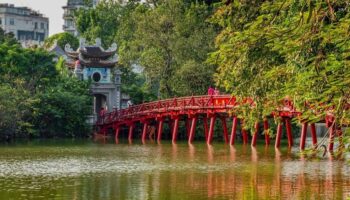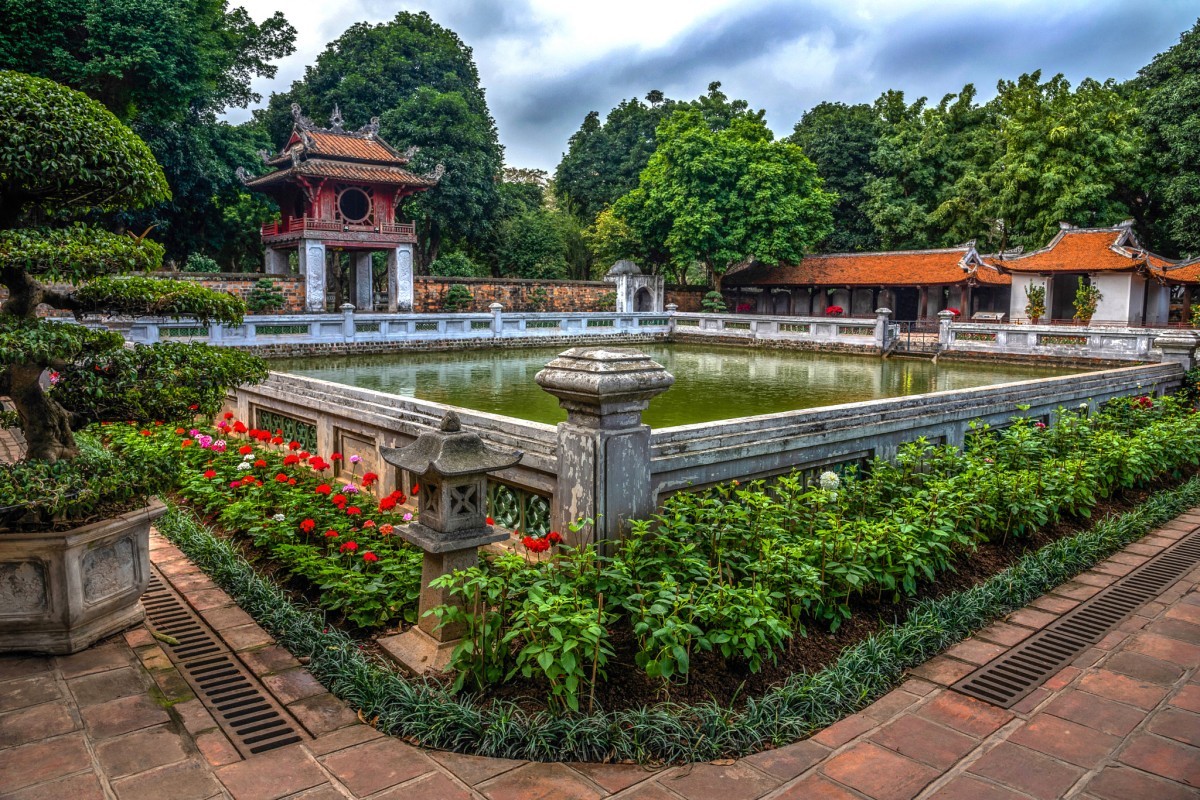
Temple of Literature: Discover the first university in Vietnam
The Temple of Literature in Hanoi is a historic site dedicated to Confucius and was Vietnam’s first national university. It has five courtyards, each with unique features: the Great Middle Gate, the Pavilion of Constellation, the Well of Heavenly Clarity, the Gate to Great Success, and the Grounds of the Imperial Academy. Each courtyard reflects different aspects of Vietnamese culture and scholarship.
Table of Contents
ToggleI. A brief introduction to the Temple of Literature
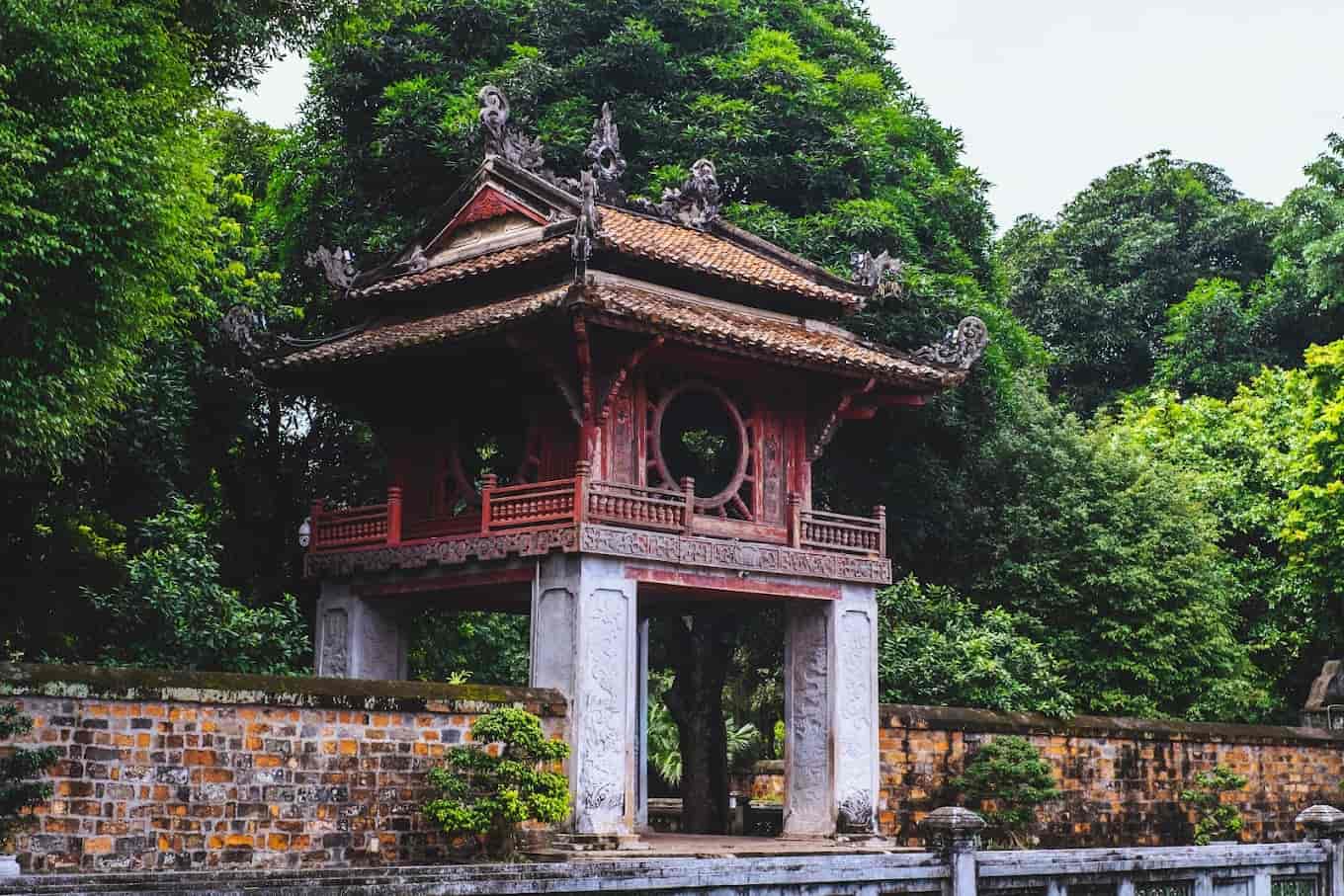
The Temple of Literature became Vietnam’s first national university
The Temple of Literature in Hanoi is a significant historical and cultural landmark.
Established in 1070 by Emperor Ly Thanh Tong, it was initially dedicated to Confucius, sages, and scholars. This dedication reflects the importance of Confucianism in Vietnamese society at the time.
Shortly after its establishment, the Temple of Literature became Vietnam’s first national university, known as the Imperial Academy (Quoc Tu Giam).
It was a place where scholars from across the country came to study Confucian teachings and prepare for the royal examinations necessary for a government service career.
The temple complex is a stunning example of traditional Vietnamese architecture, featuring five distinct courtyards, each with its own function. The layout of the temple was designed to create a peaceful environment for study and reflection.
One of the most notable features of the site is the collection of 82 stone steles, each inscribed with the names of scholars who passed the royal exams. These steles rest on the backs of stone turtles, which symbolize wisdom and longevity in Vietnamese culture.
Until now, the Temple of Literature stands as a symbol of Vietnam’s rich intellectual heritage. It is not only a popular tourist destination but also a venue for cultural events and traditional ceremonies, continuing to play a vital role in the cultural life of Hanoi.
II. Explore the 5 great Courtyard of the Temple of Literature
The layout of the Temple of Literature is thoughtfully organized into five grand courtyards, each with its own unique features and historical significance. Here’s a detailed exploration of each courtyard:
2.1 The first courtyard: The Great Middle Gate
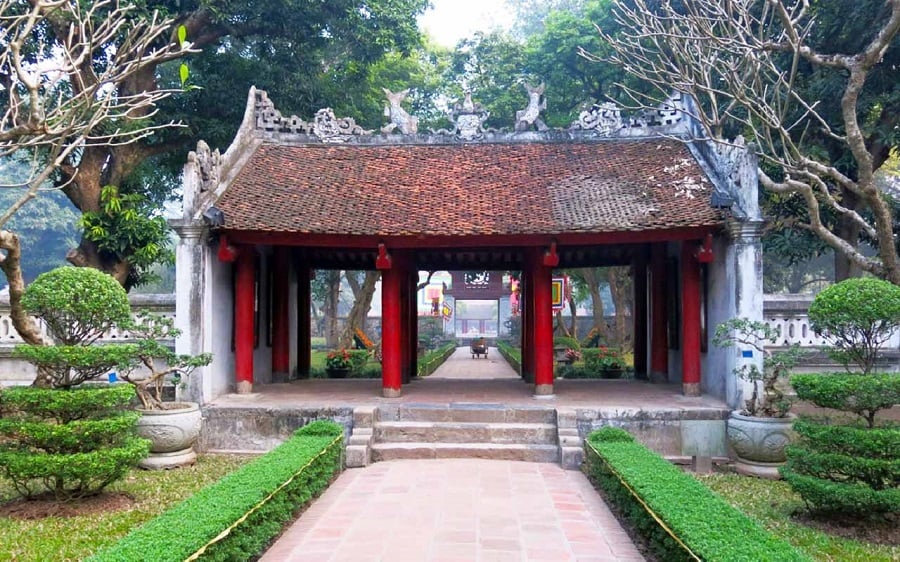
The first courtyard is spacious and serene
The journey through the Temple of Literature begins at the Great Middle Gate (Đại Trung Môn). This courtyard is the grand entrance to the temple, symbolizing the beginning of a scholar’s pursuit of knowledge.
The gate is flanked by two smaller gates, the Virtue Gate (Cổng Thành Đức) and the Talent Gate (Cổng Thành Công), reflecting the Confucian values of moral integrity and scholarly achievement.
The first courtyard is spacious and serene, with lush green gardens that create a peaceful atmosphere, encouraging visitors to leave behind worldly concerns as they enter the temple complex.
2.2 The second courtyard: The Pavilion of Constellation
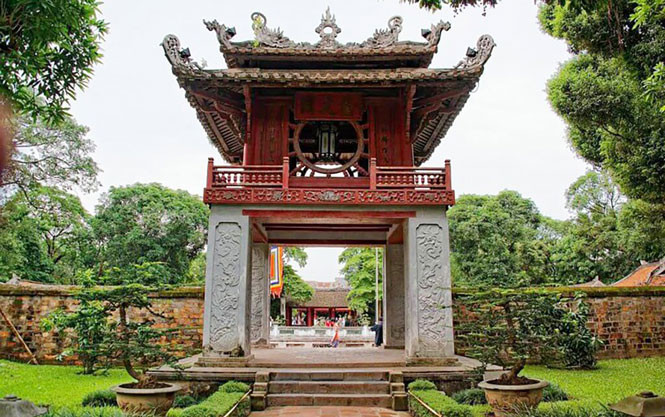
The pavilion is elevated with an elegant red and white design.
As visitors proceed through the Great Middle Gate, they enter the second courtyard, which houses the Pavilion of Constellation (Khuê Văn Các). This iconic structure, built in 1805 during the Nguyễn Dynasty, is a two-story wooden pavilion with an elegant red and white design.
The pavilion is elevated on four stone stilts, and its upper floor features four circular windows that represent the sun and the moon, symbolizing the eternal nature of knowledge.
2.3 The third courtyard: The Well of Heavenly Clarity
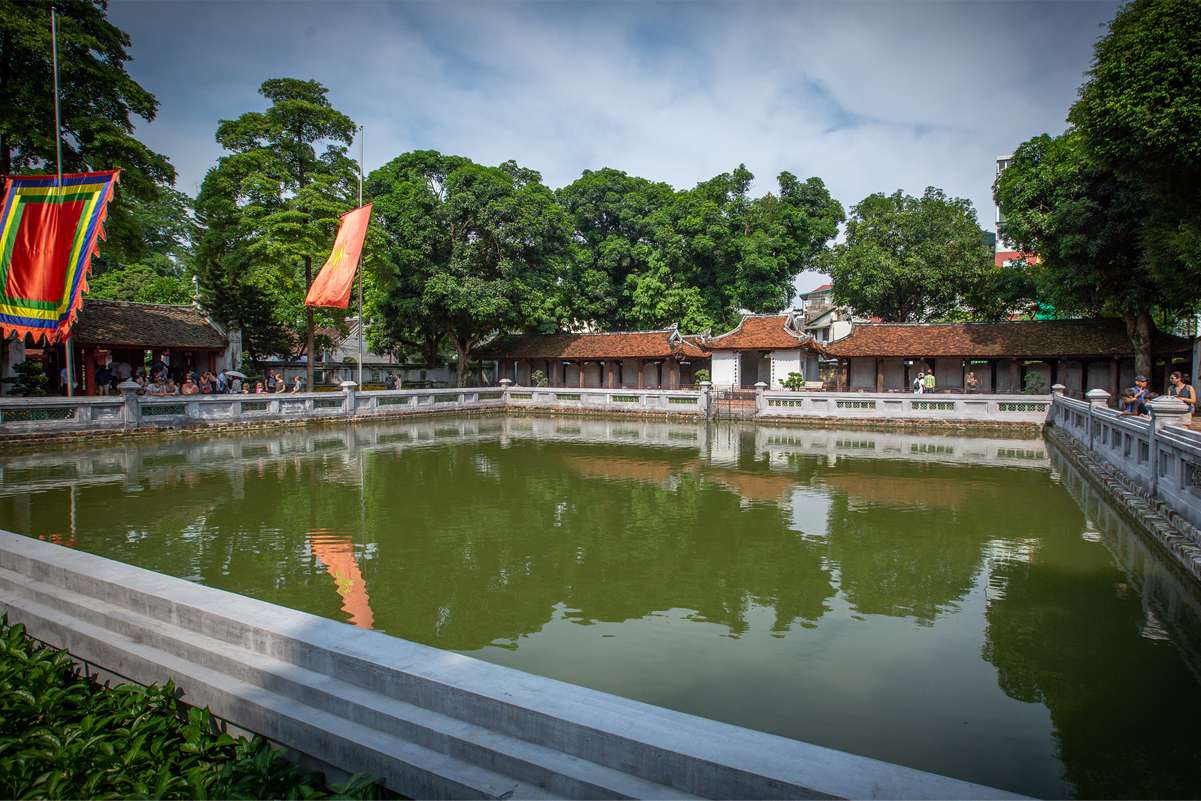
The third courtyard is a symbol of purity and wisdom
Beyond the Pavilion of Constellation lies the third courtyard, home to the Well of Heavenly Clarity (Thiên Quang Tỉnh). This rectangular pond, reflecting the sky above, is a symbol of purity and wisdom.
The well is flanked by two rows of stone steles, which commemorate the scholars who passed the royal exams. Each stele is placed on the back of a stone turtle, a sacred animal in Vietnamese culture, representing longevity and knowledge.
The third courtyard is a place of reflection, where the serene waters of the well encourage contemplation and introspection, mirroring the scholarly pursuit of clarity and understanding.
2.4 The Fourth Courtyard: The Gate to Great Success
The fourth courtyard is entered through the Gate to Great Success (Đại Thành Môn), a significant threshold that marks the transition from the outer courtyards to the more sacred areas of the temple.
This courtyard is dominated by the House of Ceremonies, where rituals and offerings were once made to Confucius and his disciples. The courtyard also contains altars dedicated to the revered sages who played key roles in Vietnamese history.
The architecture here is more ornate, reflecting the elevated status of this area as a place of worship and reverence. The fourth courtyard represents the culmination of a scholar’s journey, where knowledge and virtue are honored and celebrated.
2.5 The fifth courtyard: The Grounds of Imperial Academy
The final courtyard is the Grounds of the Imperial Academy (Quốc Tử Giám), the heart of the Temple of Literature. This area was once the site of Vietnam’s first national university, where the nation’s brightest scholars were trained.
The main building in this courtyard is the Đại Thành Shrine, where Confucius and his four closest disciples are worshipped. Behind the shrine is the Thái Học House, which served as the study hall and residence for students.
The architecture here is grand and dignified, reflecting the importance of education in Vietnamese culture.
The fifth courtyard also contains the statues of the kings who founded and expanded the temple, along with other important figures in Vietnamese history. This area is rich in history and tradition, representing the highest ideals of Vietnamese scholarship.
Together, these five courtyards create a harmonious and symbolic journey through the Temple of Literature, each step bringing visitors closer to the heart of Vietnam’s intellectual and cultural heritage.
III. Quick notes for visiting the Temple of Literature
This í one of the most famous destinations in Ha Noi
Here are quick notes for visiting the Temple of Literature
3.1 Position & Opening hours
– Address: 58 Quoc Tu Giam Street, Dong Da District, Ha Noi
– Daily: 8:00 AM – 5:00 PM
– Closed: January 1 and Tet Festival (Vietnamese Lunar New Year)
3.2 Entry fee
– Adults: 30,000 VND
– Students: 15,000 VND
– Children: Free
→ Discover the full SJourney itinerary from Hanoi to Ho Chi Minh City, with unique stops along the way HERE
IV. To sum up
Visiting the Temple of Literature offers a glimpse into Vietnam’s rich educational heritage. The peaceful courtyards and historic buildings highlight the importance of learning and Confucian values. It’s a must-see for anyone interested in Vietnamese history and culture.
Contact us:
Website: https://vietnamluxuryexpress.com/
Email: inquiry@vietnamluxuryexpress.com
Hotline 24/7: +84 975 119 466
SEE MORE:
Vietnam Luxury Train – The Ultimate Experience For All Tourists
Discover the World’s Best: Top 30 Luxury Trains
